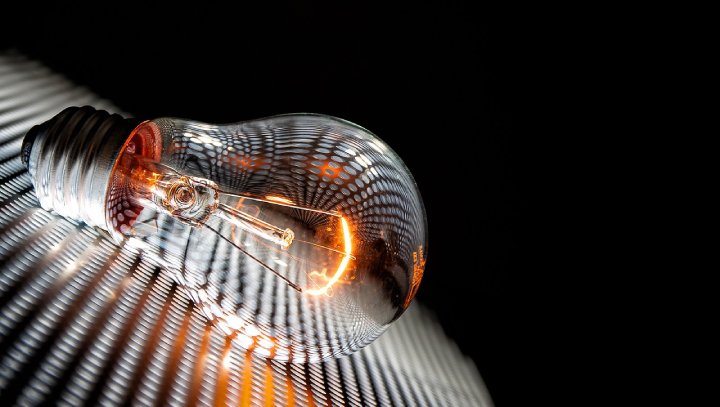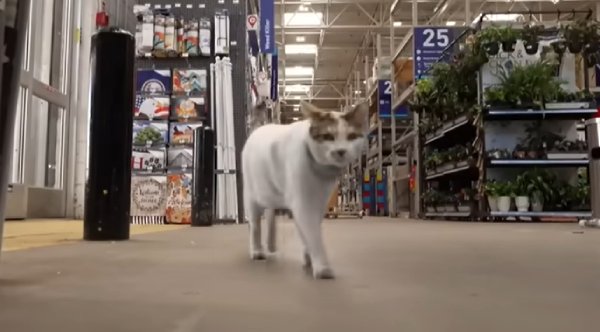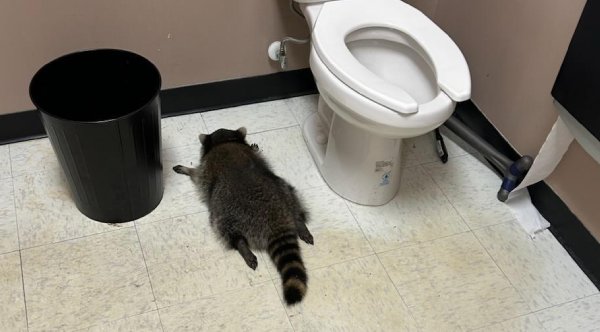Scientists 'Accidentally' Discovered How To Turn Humid Air Into Electricity
July 14, 2023
Researchers have stumbled upon an accidental breakthrough that could revolutionize the field of renewable energy.
By harnessing the power of humid air, scientists have discovered a novel method to generate sustainable electricity.

The journey towards renewable energy sources has taken a significant leap forward, thanks to a fortuitous accident that occurred during a scientific experiment at the University of Massachusetts Amherst.
"To be frank, it was an accident," says the study's lead author, Prof Jun Yao. "We were actually interested in making a simple sensor for humidity in the air. But for whatever reason, the student who was working on that forgot to plug in the power."
The sensor, comprised of protein nanowires grown from Geobacter, produced a very small electrical signal.
"I saw that when the nanowires were contacted with electrodes in a specific way the devices generated a current. I found that that exposure to atmospheric humidity was essential and that protein nanowires adsorbed water, producing a voltage gradient across the device," said Xiaomeng Liu, a Ph.D. student in Yao's lab.
Yao went on to explain it this way:
"The air contains an enormous amount of electricity. Think of a cloud, which is nothing more than a mass of water droplets. Each of those droplets contains a charge, and when conditions are right, the cloud can produce a lightning bolt—but we don't know how to reliably capture electricity from lightning. What we've done is to create a human-built, small-scale cloud that produces electricity for us predictably and continuously so that we can harvest it."
Yao and his team discovered that any kind of material can harvest electricity from air as long as it has a certain property.
"It needs to have holes smaller than 100 nanometers (nm), or less than a thousandth of the width of a human hair," he said.
Scientists are currently experimenting with new harvesters made from materials filled with nanopores smaller than 100 nm. The newest device they have come up with is about one-fifth the width of a human hair – enough to light a single pixel on a large LED screen. However, Yao says these devices can be stacked on top of one another to create more power.
"The beauty is that the air is everywhere," says Yao. "Even though a thin sheet of the device gives out a very tiny amount of electricity or power, in principle, we can stack multiple layers in vertical space to increase the power."
And since humidity is ever-present, the harvester would run 24/7, rain or shine, at night and whether or not the wind blows, which solves one of the major problems of technologies like wind or solar, which only work under certain conditions.
While this discovery is undoubtedly exciting, it is important to note that further research and development are necessary before large-scale implementation becomes feasible. Scientists are diligently working to optimize the materials, enhance efficiency, and explore potential applications in various environments.
Sources: Wiley Online Library
Click Here For The Most Popular On Sunny Skyz
 Boy With Down Syndrome Nails The Whitney Houston Challenge, And The Crowd Goes Wild
Boy With Down Syndrome Nails The Whitney Houston Challenge, And The Crowd Goes Wild
 LoweŌĆÖs Staff Refuse To Give Up On Missing Cat, Find Her 85 Miles Away
LoweŌĆÖs Staff Refuse To Give Up On Missing Cat, Find Her 85 Miles Away
 ŌĆśHeavily IntoxicatedŌĆÖ Raccoon Passes Out In Liquor Store Bathroom After Breaking In
ŌĆśHeavily IntoxicatedŌĆÖ Raccoon Passes Out In Liquor Store Bathroom After Breaking In
 Cat With A Gat: Owner 3D Prints Toy Glock, Hours Later Walks In On This
Cat With A Gat: Owner 3D Prints Toy Glock, Hours Later Walks In On This
 The ŌĆśGrandma StandŌĆÖ Is Bringing Comfort And Connection, One Conversation At A Time
The ŌĆśGrandma StandŌĆÖ Is Bringing Comfort And Connection, One Conversation At A Time
 Husband Rents Mall Store To Share His Late Wife's Beloved Christmas Display
Husband Rents Mall Store To Share His Late Wife's Beloved Christmas Display
 A Struggling Mom Could Not Stop Crying After A StrangerŌĆÖs Christmas Gift
A Struggling Mom Could Not Stop Crying After A StrangerŌĆÖs Christmas Gift
 She Was Ready For A Fight With Her Neighbor. His Response Changed Everything
She Was Ready For A Fight With Her Neighbor. His Response Changed Everything
 Dogs In Matching Pajamas Try To Defend Simba From Hyenas
Dogs In Matching Pajamas Try To Defend Simba From Hyenas
 Texans Owner Gets Left Hanging On Live TV ŌĆö What The Media Team Did Next Is Hilarious
Texans Owner Gets Left Hanging On Live TV ŌĆö What The Media Team Did Next Is Hilarious
 Trail Cam Reveals Secret Meeting Spot For Wild Animals
Trail Cam Reveals Secret Meeting Spot For Wild Animals
